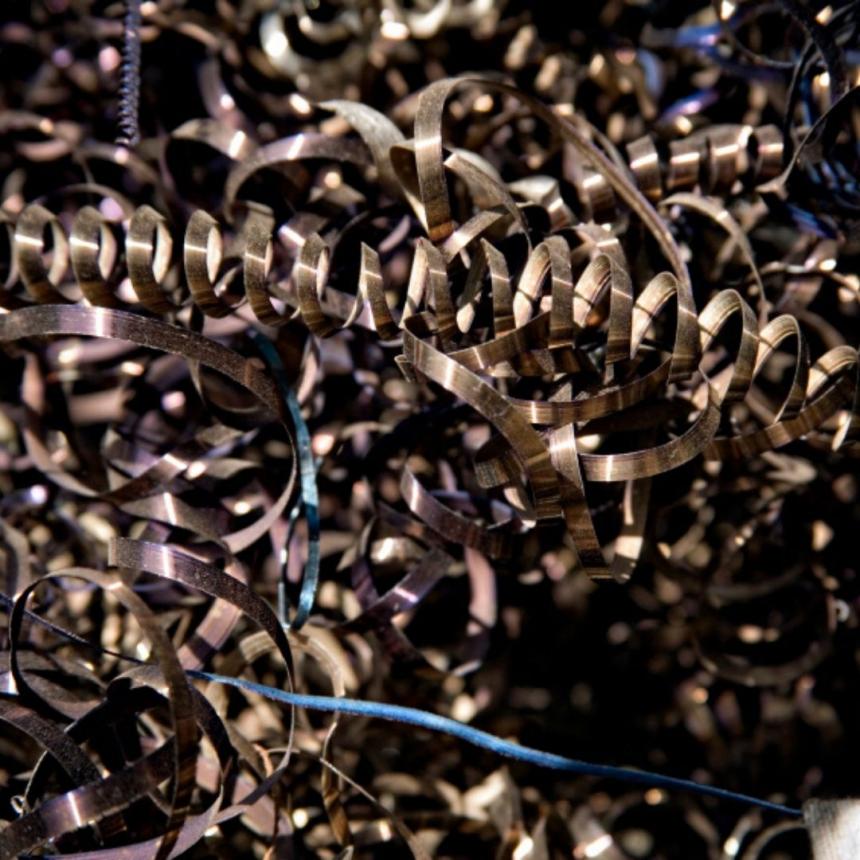When it comes to cobalt recycling, one of the predominant materials that we recycle are cobalt-based alloys known as Stellite.
To be specific, Stellite alloys encompass a host of cobalt-chromium alloys with a specific dispersion of carbides within its matrix.
This composition, as a blanket rule, allows Stellite to be used for situations that call for materials with superior wear and corrosion resistance in demanding environments.
However, Stellite does not come in one form, specific alterations in their chemical composition, especially carbide volume, allow for several types of Stellie to exist. This is important for cobalt recycling as only specific variants can be accepted, let’s look over some of the ones we recycle:
Stellite 6
This alloy is known for its propensity to resist wear, galling, and corrosion, even at high temperatures and is attributed to the resilient carbide phase interspersed within its cobalt-chromium alloy matrix.
Its utility lies in more general-purpose, hardfacing applications (e.g. bearings, pump shafts, valve seats, etc.), excelling in its resistance to both mechanical and chemical degradation across a wide spectrum of temperatures.
Stellite 12
Sharing much in common with Stellite 6, its difference comes into play when you consider its higher proportion of hard, brittle carbides and tungsten content compared to Stellite 6.
In what ways do these additions separate it from Stellite 6? First off, these minute changes permit for more specialized use cases, namely cutting/shearing tools such as industrial knives and saw tips.
Second, these changes allow for normal operation at maximal temperatures of 700˚C, a significant increase over Stellite 6.
To top it off, these additional carbides allow this alloy to demonstrate a marked increase in resistance to abrasion, low-angle erosion, and cavitation.
Stellite 21
We delve further into the specialized use-case territory when it comes to Stellite 21. The relatively low carbide volume that resides within the cobalt-chromium alloy matrix has been designed to decrease the alloy’s ductility, and also means that the cobalt-chromium matrix ends up commandeering the properties - namely wear and corrosion – that the alloy displays.
It is important to note that the mechanical properties exhibited by Stellite 21 are innately tied to how it is manufactured and any heat treatment it undergoes. For this reason, its employ can be seen in a host of situations, from high impact environments, such as stamping dies, to biocompatible hip implants.
Cobalt recycling sits under the scrap metal we recycle at Alnor Industries. This includes Stellite 6, 12, 21, 25, and 31, as well as many other carbide-centred scrap products. We’ve been providing competitive prices around cobalt recycling for over 35 years; reach out and let Alnor put your scrap to good use!



